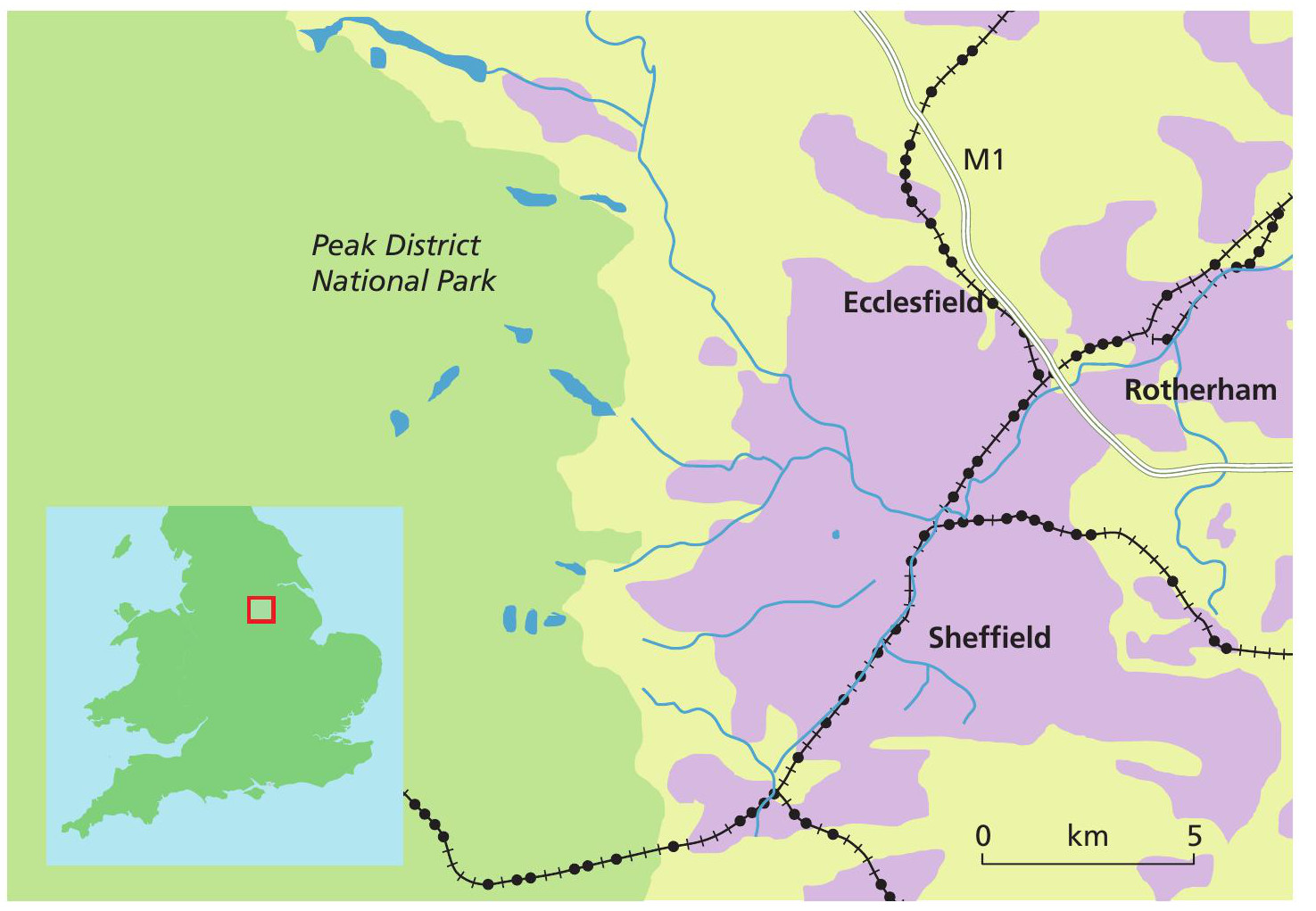
If you type 53°26′19.37″N, 1°27′49.01″W into Google Earth, you will find yourself on Ecclesfield High Street. At first glance, Ecclesfield is a place like many others on the edge of English cities (Figure 1). It was a village in medieval times that has since been ‘swallowed up’ by Sheffield and is now among its outer suburbs. Alongside many other places, it has hosted no well-known historical or modern-day events and has no famous buildings or residents. It does not have any legends, songs, paintings, films or stories associated with it.
The purpose of this article is to demonstrate that places such as Ecclesfield are more than nondescript locations on a map where people go about their everyday lives. Instead, they are products of a unique combination of processes which operate within each of their boundaries. These processes are not only local in origin, even though they have local impacts. Moreover, as these processes change over time, so does the place.
Your organisation does not have access to this article.
Sign up today to give your students the edge they need to achieve their best grades with subject expertise
Subscribe




